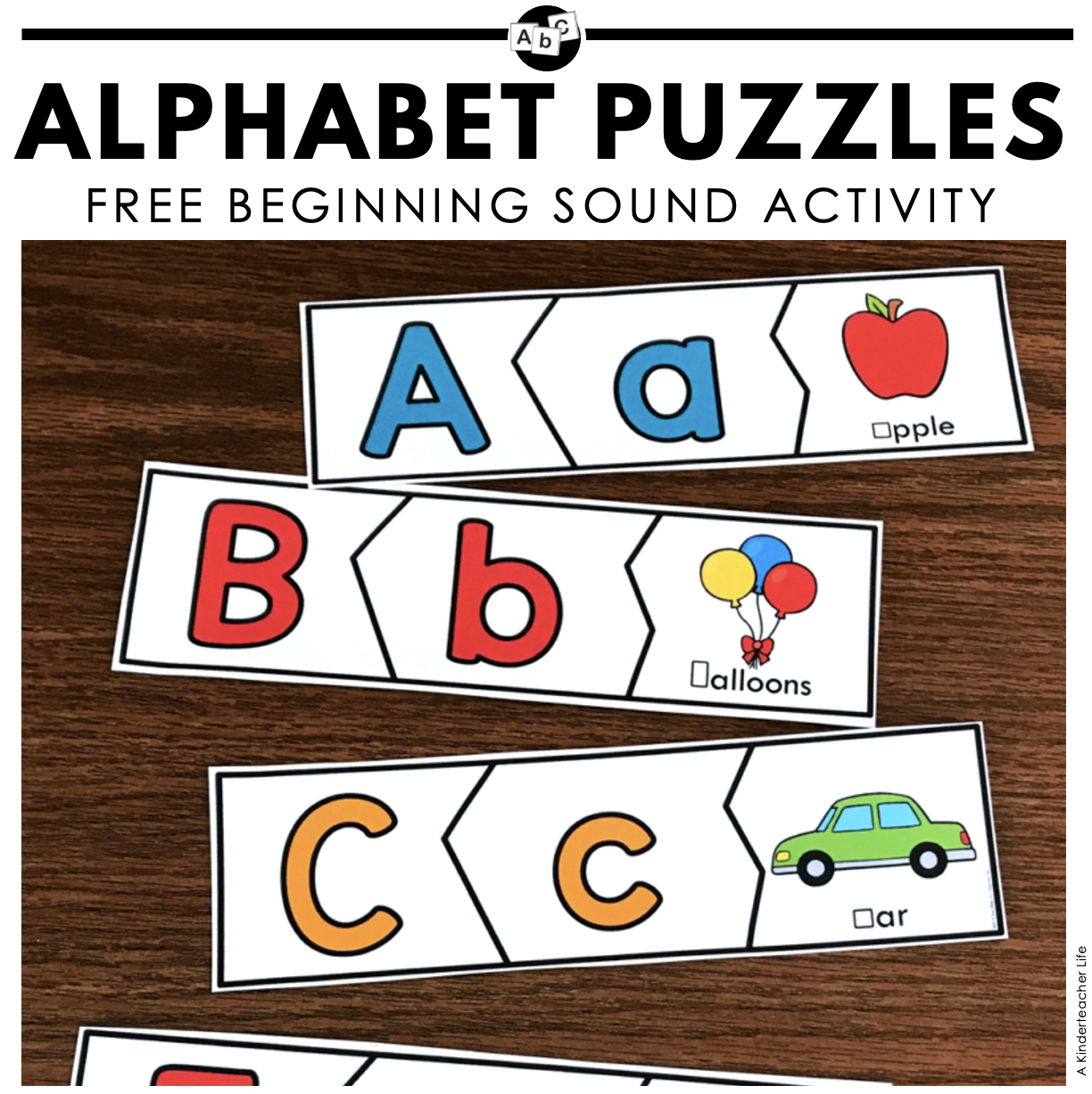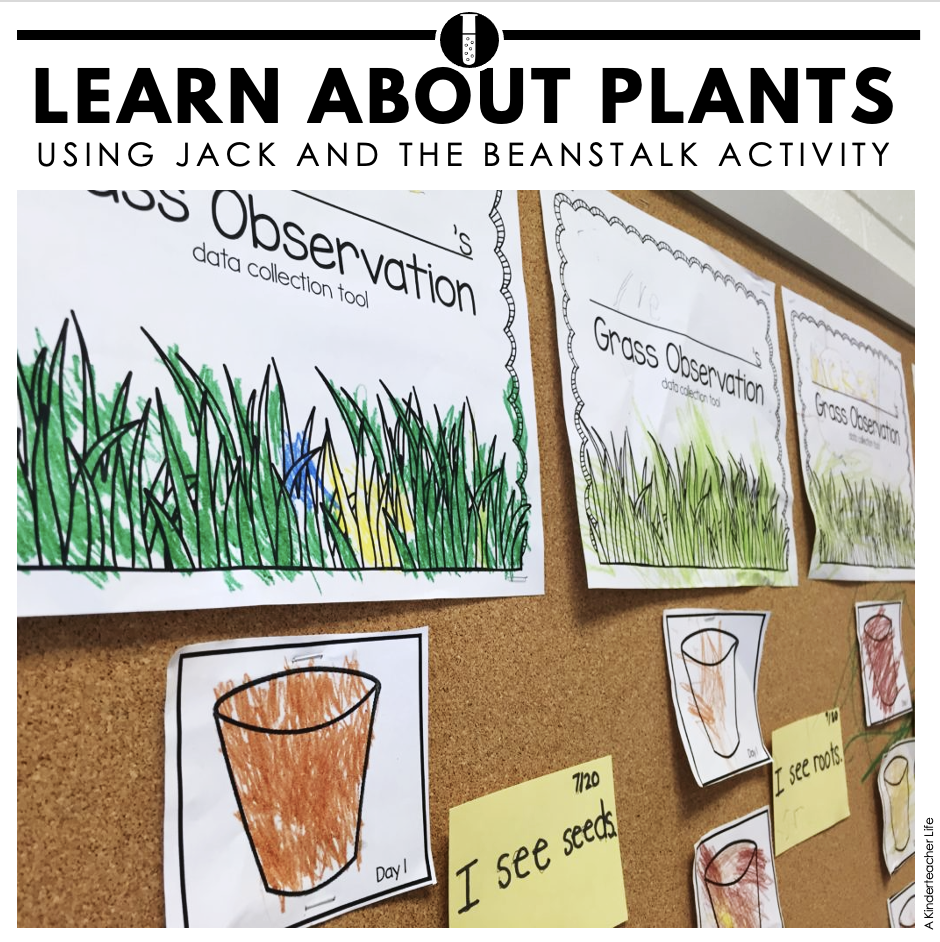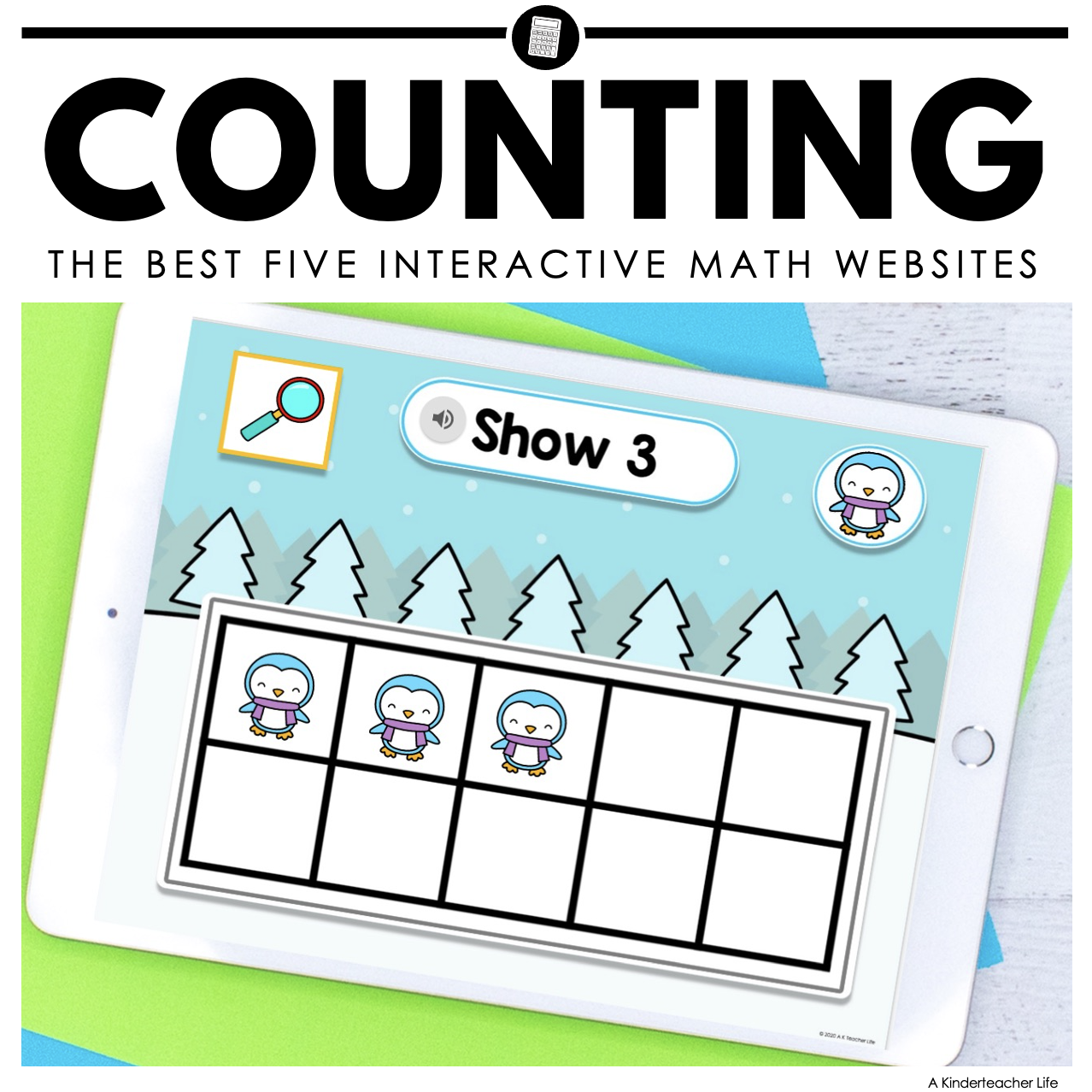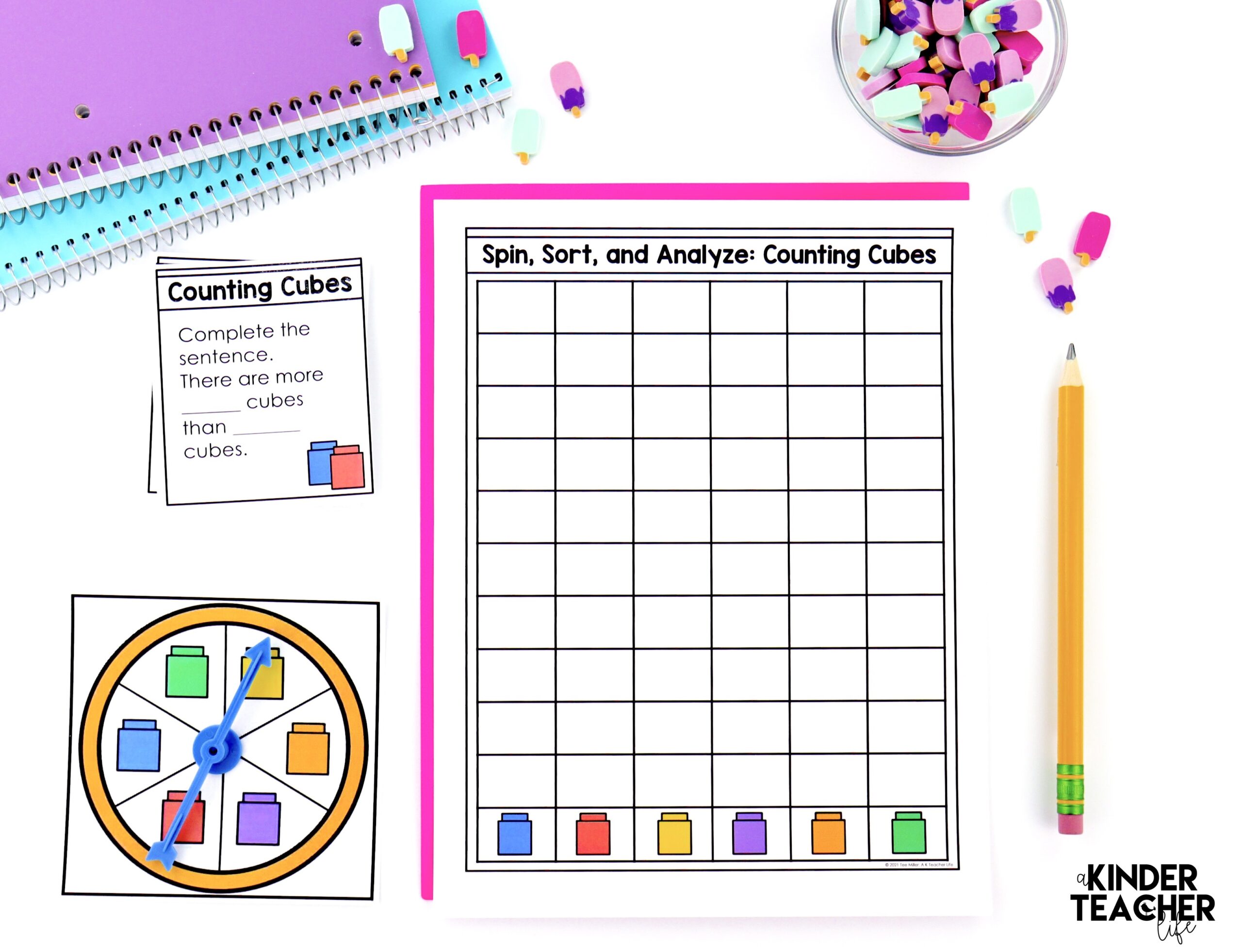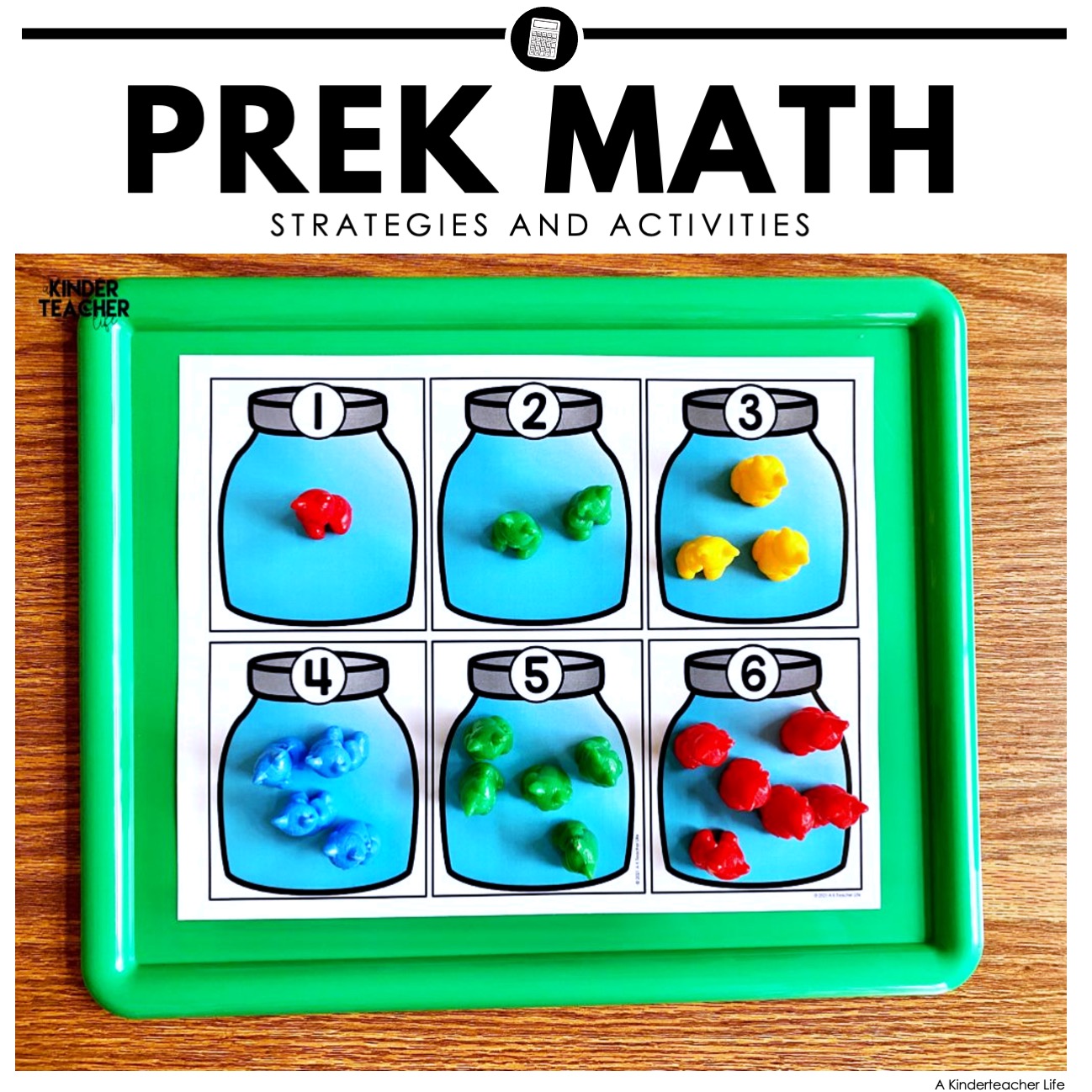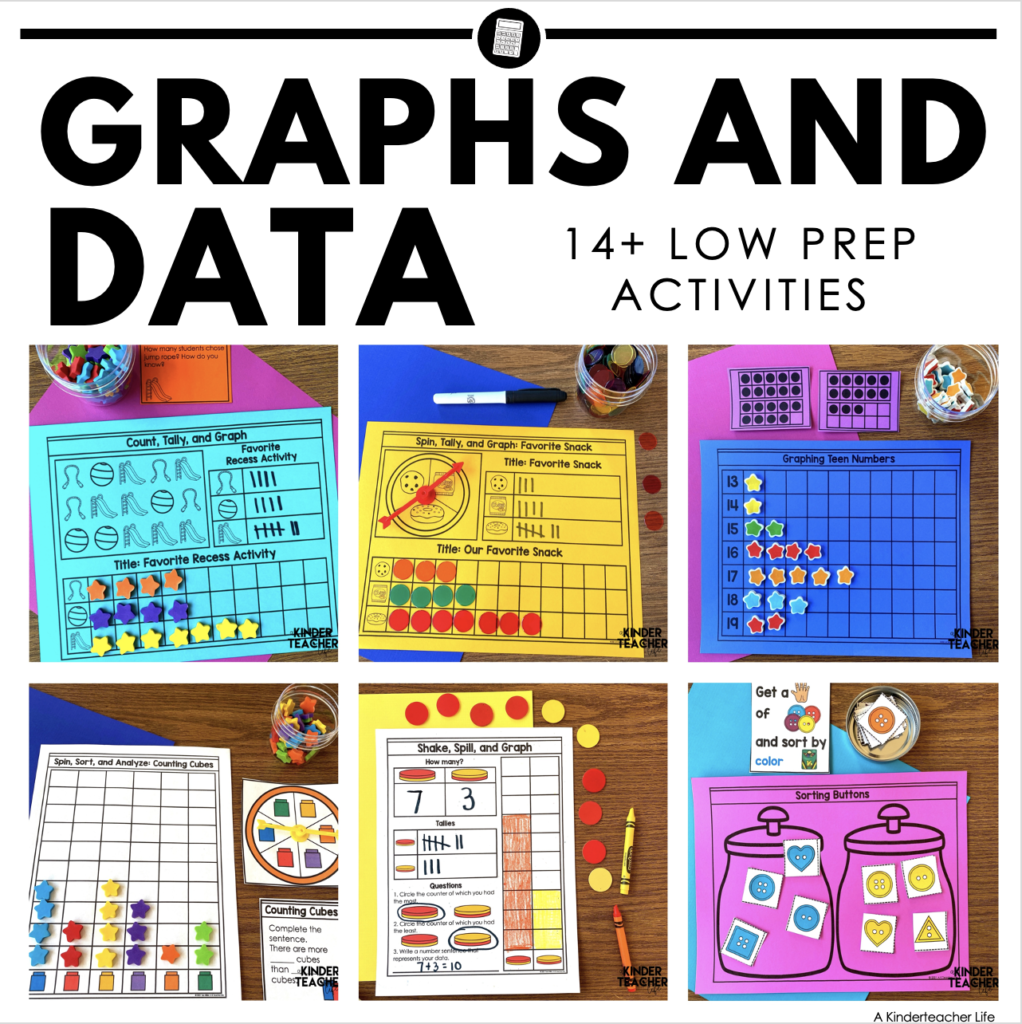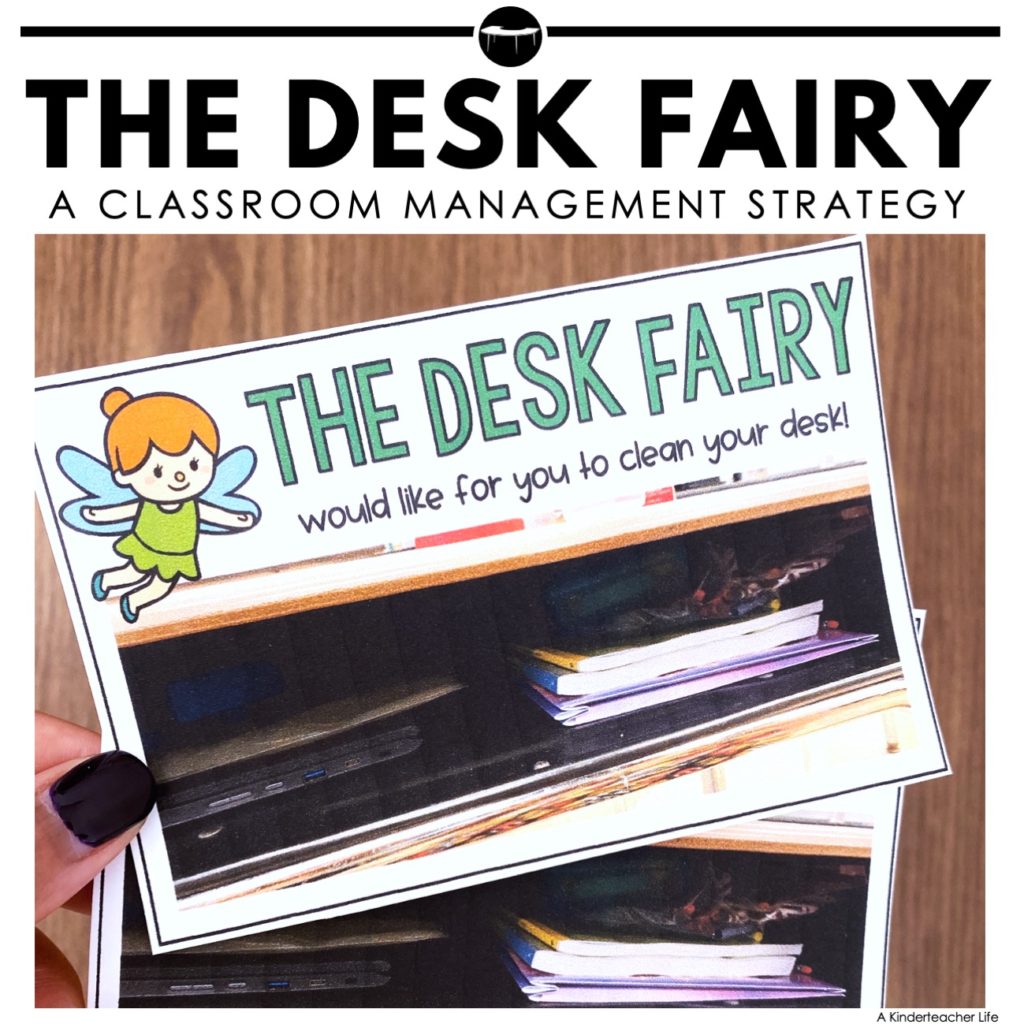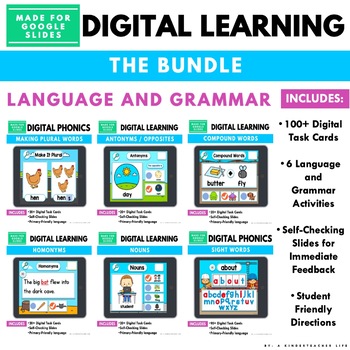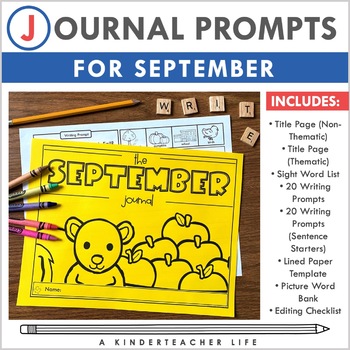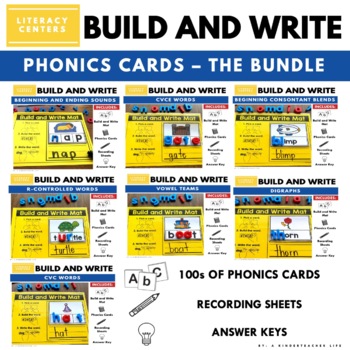Tips for Keeping Students on Task During Math Centers
Math centers can allow students to practice independence, engage in collaborative learning opportunities, or share their mathematical thinking with a peer if done correctly!
I’m here to share some tried-and-true strategies to keep your students focused and on task.
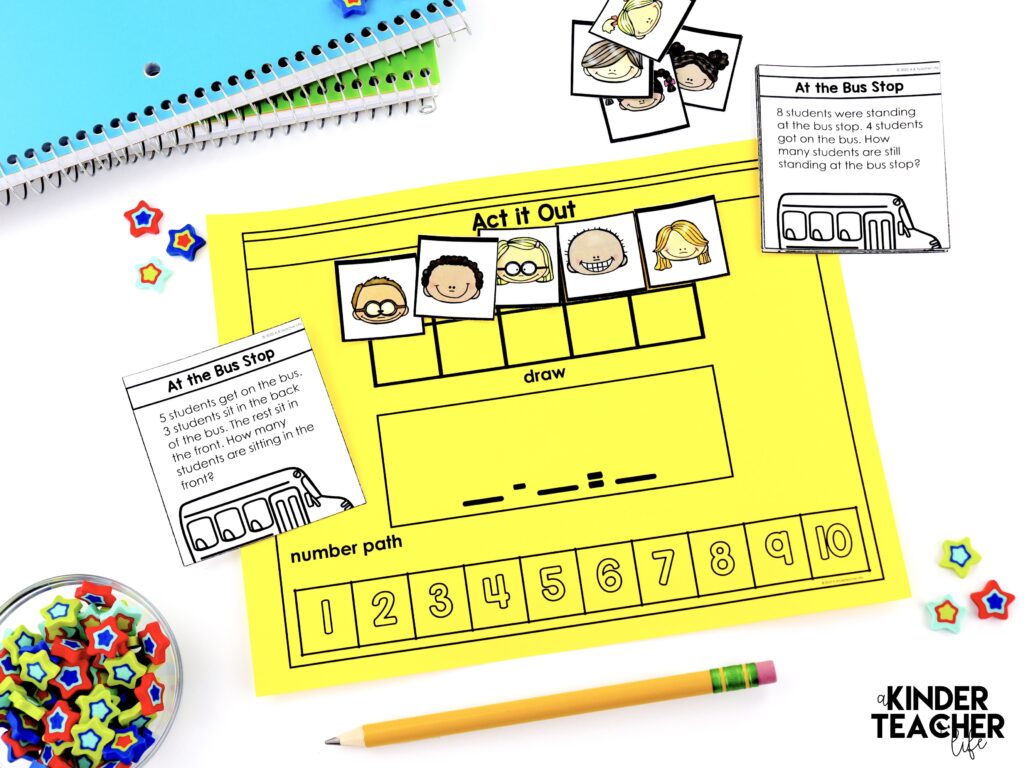
1. Clear Expectations
Set clear guidelines for behavior and task completion right from the start. Students are more likely to stay on track When they know what to expect. I like to let students explore math tools and discuss how we could use our math tools to do math. We then collaboratively list what math looks and sounds like, and I hang it in the classroom. By doing this, you are reducing off-task behaviors. Give students time to
2. Visual Routines
Use cues like schedules or a timer to help students anticipate transitions and stay engaged. You can purchase small timers from Amazon or use visual timers from YouTube.
3. Small Groups
Divide your class into smaller groups for centers. The smaller, the better. I always make sure that groups are an even number for partner games. Also, I usually have up to 4 students per rotation. This fosters a more controlled environment, making it easier for you to provide support and monitor progress.
4. Meaningful Tasks
Ensure that tasks at each center are purposeful and engaging. Students who find the activities interesting are more likely to stay focused. It’s essential to differentiate the centers so the work is easy and manageable.
Here’s one activity from my kindergarten math centers. It’s called Mystery Bag. Students count the number of objects in a paper bag, record the amount using a ten frame, and write the number.
This activity can be teacher-led or a partner activity. Students learn how to represent teen numbers as ten and some ones, introducing the concept of place value.
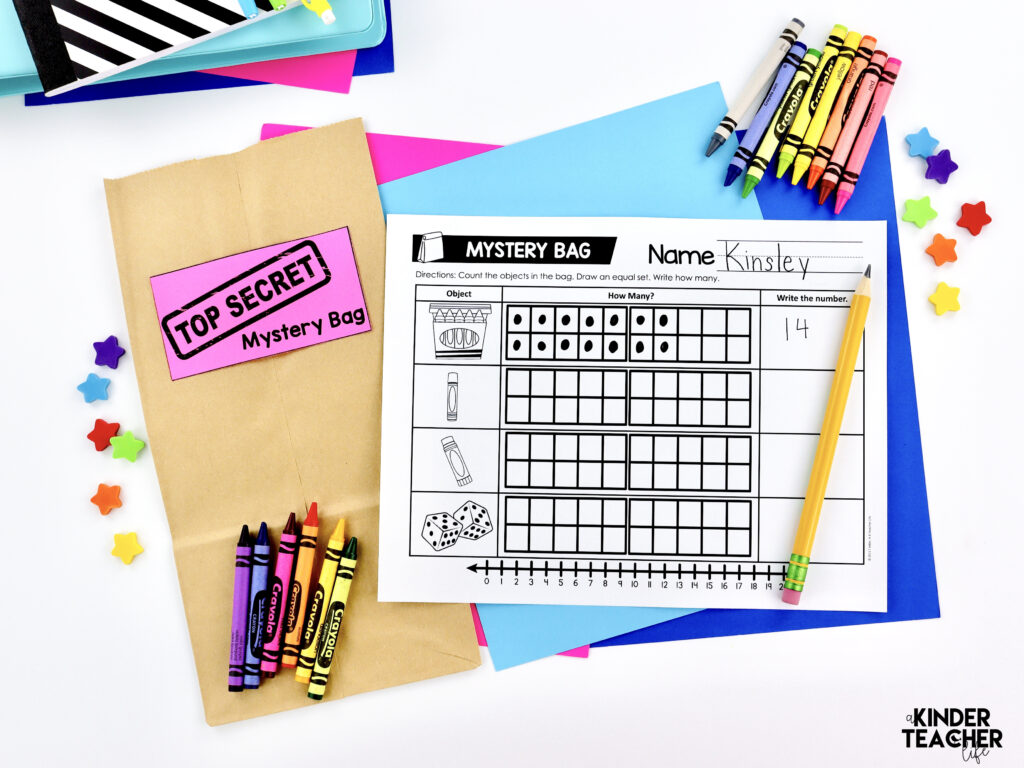
5. Rotations with Purpose
Plan rotations that allow students to work on different skills. This variety keeps their enthusiasm up and prevents monotony. I usually rotate center activities 2 – 3 times per week. When working with students in small groups, I switch out the activities daily or weekly, depending on how frequently I meet with the group.
I use activities from my kindergarten math center bundle. There are over 1000 pages and 100+ activities to choose from. Each math concept has 15+ hands-on activities, too!
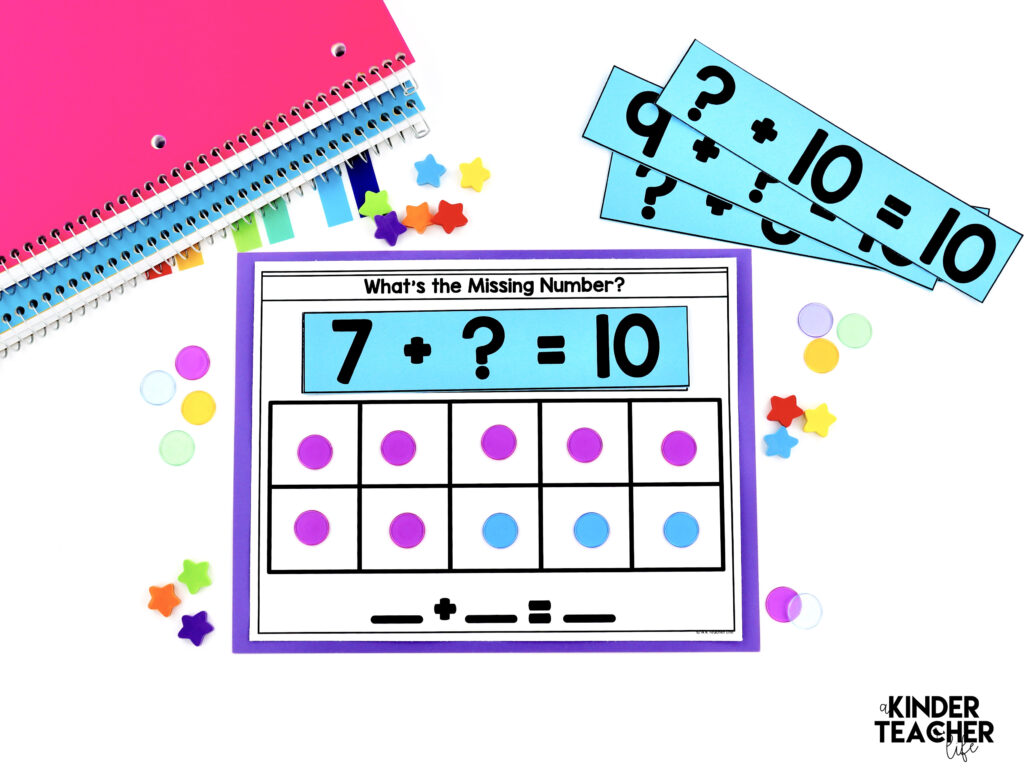
6. Independent Accountability
Incorporate accountability measures such as worksheets or response sheets that students complete as they move through centers. This keeps them responsible for their learning.
We currently use Eureka math, so I use the exit tickets. Before Eureka, students had math journals.
7. Behavior Incentives
Consider an incentive system to motivate on-task behavior. It could be as simple as earning stickers for completing tasks accurately and attentively.
Here’s a list of my favorite non-edible classroom rewards.
8. Teacher Time
Allocate a portion of the center time to work with a small group. This personalized attention ensures students stay engaged and clarifies any confusion.
My students LOVE small group math time. It’s because we usually play an engaging activity!
9. Collaboration Stations
Include collaborative tasks that require students to work together. This fosters peer support and adds an element of teamwork to your centers.
Here’s one of my favorite partner games. It’s called Spin, Solve, and Cover. Students spin the spinner twice, add the number using a ten frame, and draw a picture. They then shared how they solved the number sentence with a partner.
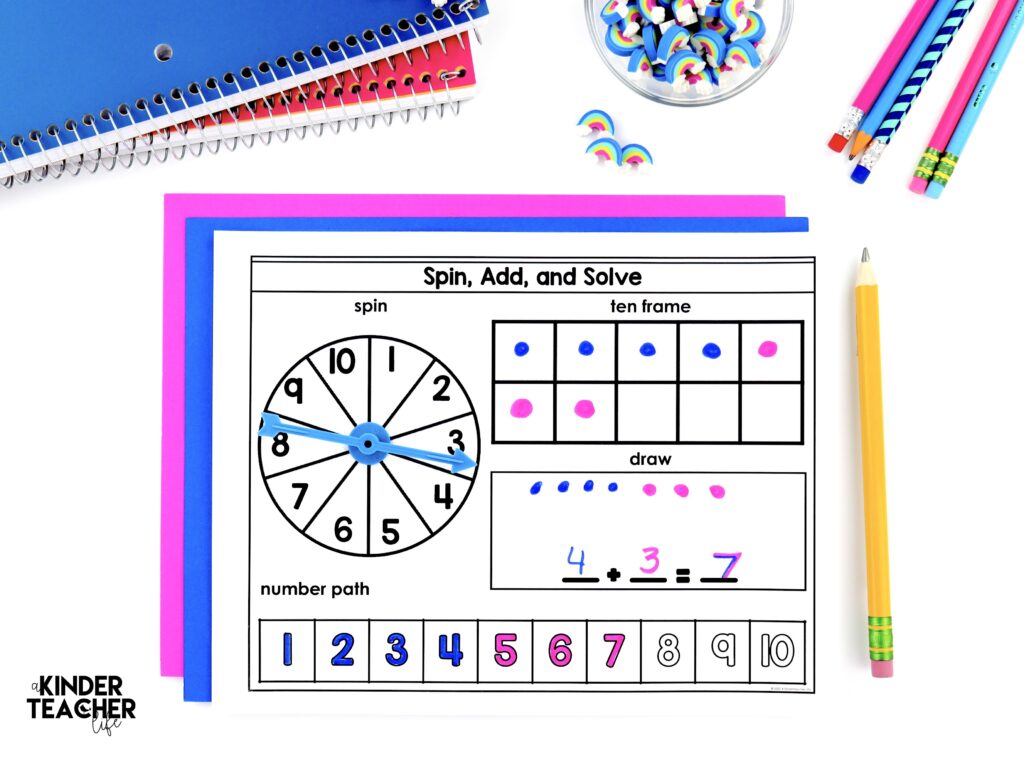
10. Regular Check-Ins
Walk around and interact with students during centers. Quick check-ins allow me to discuss their learning during centers and help deter off-task behavior.
Remember, building a successful math center routine takes time. It’s not going to happen in one or two days!
Do you have options?
One critical piece of successful center time is having options. You will have a wide variety of learners and want to meet their needs.
That’s why I created my first-grade and kindergarten math centers. Hundreds of math centers are low-prep to no-prep that you can implement quickly.
Keep up the great work – you’ve got this!
Best,
Tee

